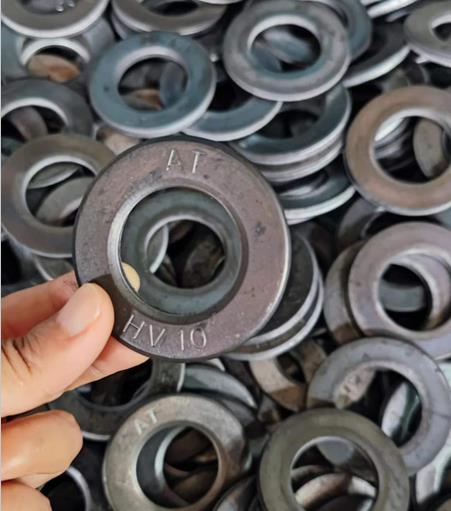Guidelines for Selecting Proper Drywall Screw Depth by Manufacturer Recommendations
Understanding Proper Drywall Screw Depth A Manufacturer's Perspective
When it comes to hanging drywall, one of the most crucial yet often overlooked elements is the depth at which drywall screws are driven into the material. Proper drywall screw depth is vital to ensuring a strong, secure installation that minimizes the risk of issues such as warping, cracking, or detachment over time. This article explores the importance of screw depth in drywall installation from a manufacturer’s perspective, highlighting best practices for achieving optimal results.
First and foremost, understanding the function of drywall screws is essential. These screws are specifically designed to hold drywall sheets to wooden or metal studs, providing stability and strength to the wall assembly. The right depth ensures that the screws engage the stud properly without penetrating too deeply, which could cause the drywall to become compromised or lead to damage of the studs.
So, what is the proper depth for drywall screws? As a general rule of thumb, screws should be driven just below the surface of the drywall, creating a slight dimple without breaking the paper surface. This is crucial because countersinking helps to avoid the occurrence of screw pops, where the screw head pulls away from the drywall over time. Typically, screws should be embedded at a depth of about 1/16 to 1/8 of an inch below the surface.
Manufacturers produce drywall screws in various lengths and types, each suited to specific drywall thicknesses and installation conditions. For standard 1/2-inch drywall, 1 1/4-inch screws are typically used. For thicker drywall, such as 5/8-inch, longer screws may be necessary. It is vital to choose the right size to achieve the proper depth.
proper drywall screw depth manufacturer

In addition to selection, the installation technique is paramount. Using a drywall screw gun or a drill equipped with a depth-sensitive clutch helps to maintain consistent screw depth. This tool automatically disengages when the screw reaches the preset depth, allowing for a uniform finish across all screws—a critical factor in achieving a professional look.
Another significant aspect is the spacing between screws. According to building codes and manufacturer recommendations, screws should generally be placed 12 to 16 inches apart along the edges of each drywall panel and 16 inches apart in the field. Proper spacing not only contributes to a solid installation but also aids in achieving the right depth, as closely spaced screws can help prevent the drywall from flexing.
It is essential to note that drywall installation can vary based on regional practices, climate conditions, and the specific requirements of a project. Therefore, manufacturers often provide guidelines and recommendations that should be followed closely to ensure optimal performance.
In conclusion, the proper depth for drywall screws is a fundamental aspect of drywall installation that significantly affects both the immediate aesthetic and long-term durability of the finished wall. By understanding the importance of screw depth, selecting the correct size and type of screws, and employing the right techniques, contractors and DIY enthusiasts can achieve high-quality results that stand the test of time. As with any construction task, attention to detail in these early stages can prevent complications down the line, making it a key focus for all drywall manufacturers and installers alike.
-
Top Choices for Plasterboard FixingNewsDec.26,2024
-
The Versatility of Specialty WashersNewsDec.26,2024
-
Secure Your ProjectsNewsDec.26,2024
-
Essential Screws for Chipboard Flooring ProjectsNewsDec.26,2024
-
Choosing the Right Drywall ScrewsNewsDec.26,2024
-
Black Phosphate Screws for Superior PerformanceNewsDec.26,2024
-
The Versatile Choice of Nylon Flat Washers for Your NeedsNewsDec.18,2024










